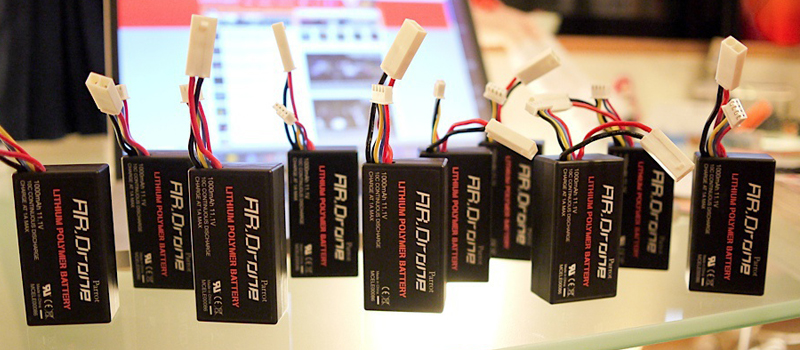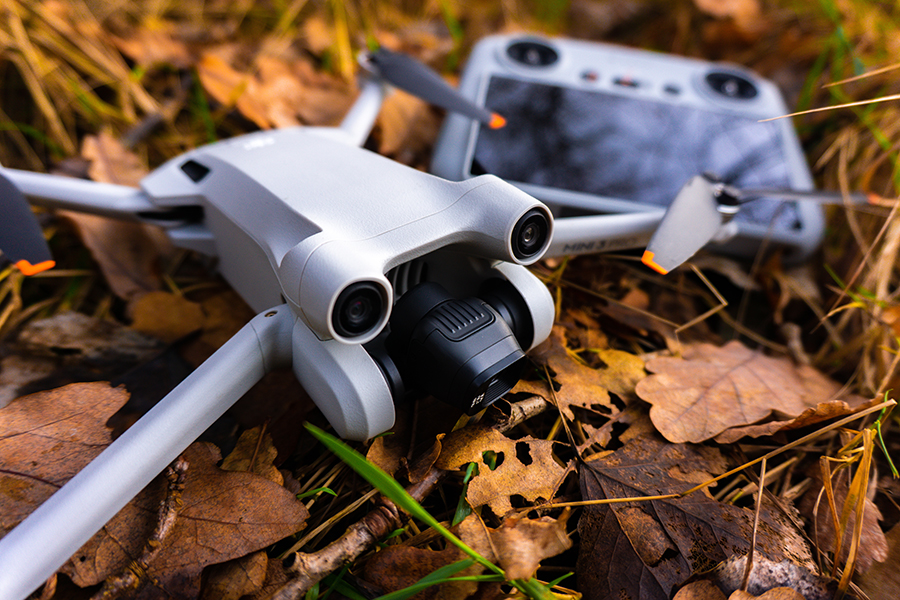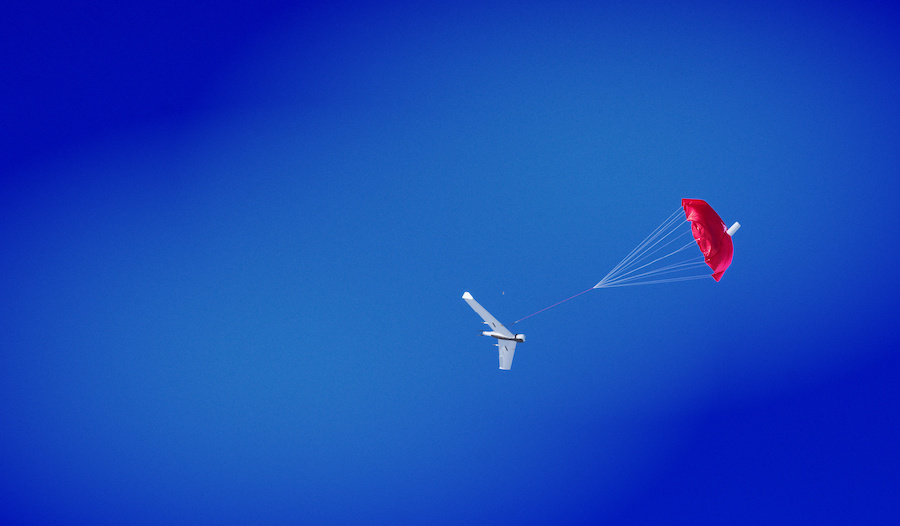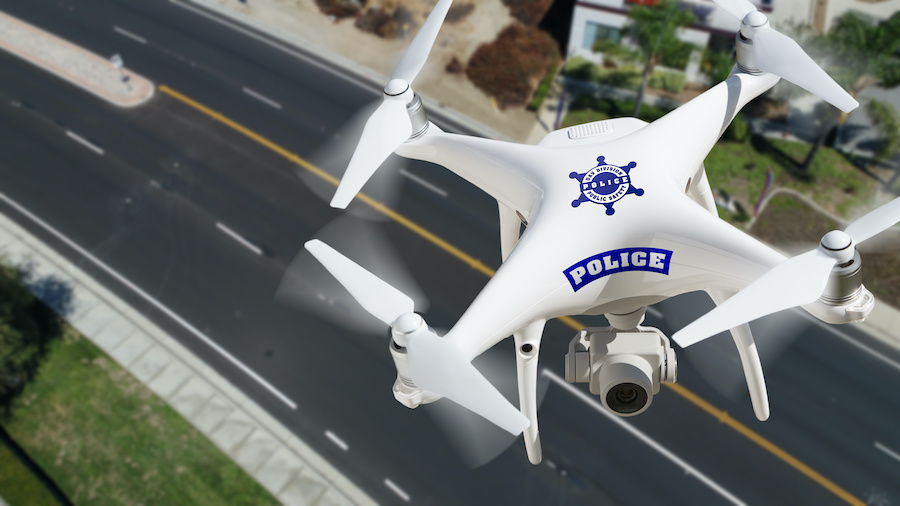Warning: Drone batteries can be dangerous. Always follow manufacturer instructions. Never leave batteries unattended and use a reputable charger.
Batteries are some of the most essential accessories for your drone whether you’re flying commercially or for fun. If you’ve been flying drones for some time, you probably already have an array of spare batteries that you cycle through regularly.
Given the importance of drone batteries, it is also crucial to get the most out of them. They aren’t cheap, after all, especially if you use one of those fancy smart batteries. Here are some good practices to make your batteries last longer.
What kind of batteries do you have?
There are only two kinds of batteries used in modern drones – Li-ion or LiPo batteries. Lithium-based battery technology produces batteries that are compact, have high power density, and are more robust than acid-based batteries.
Lithium-ion batteries have been around since the early 1990s and have been common in many mobile devices. The construction of lithium-ion batteries is quite traditional in that it has two terminals and a liquid electrolyte solution. This means that lithium-ion batteries will typically have a rigid and thick casing to prevent the electrolyte from leaking.
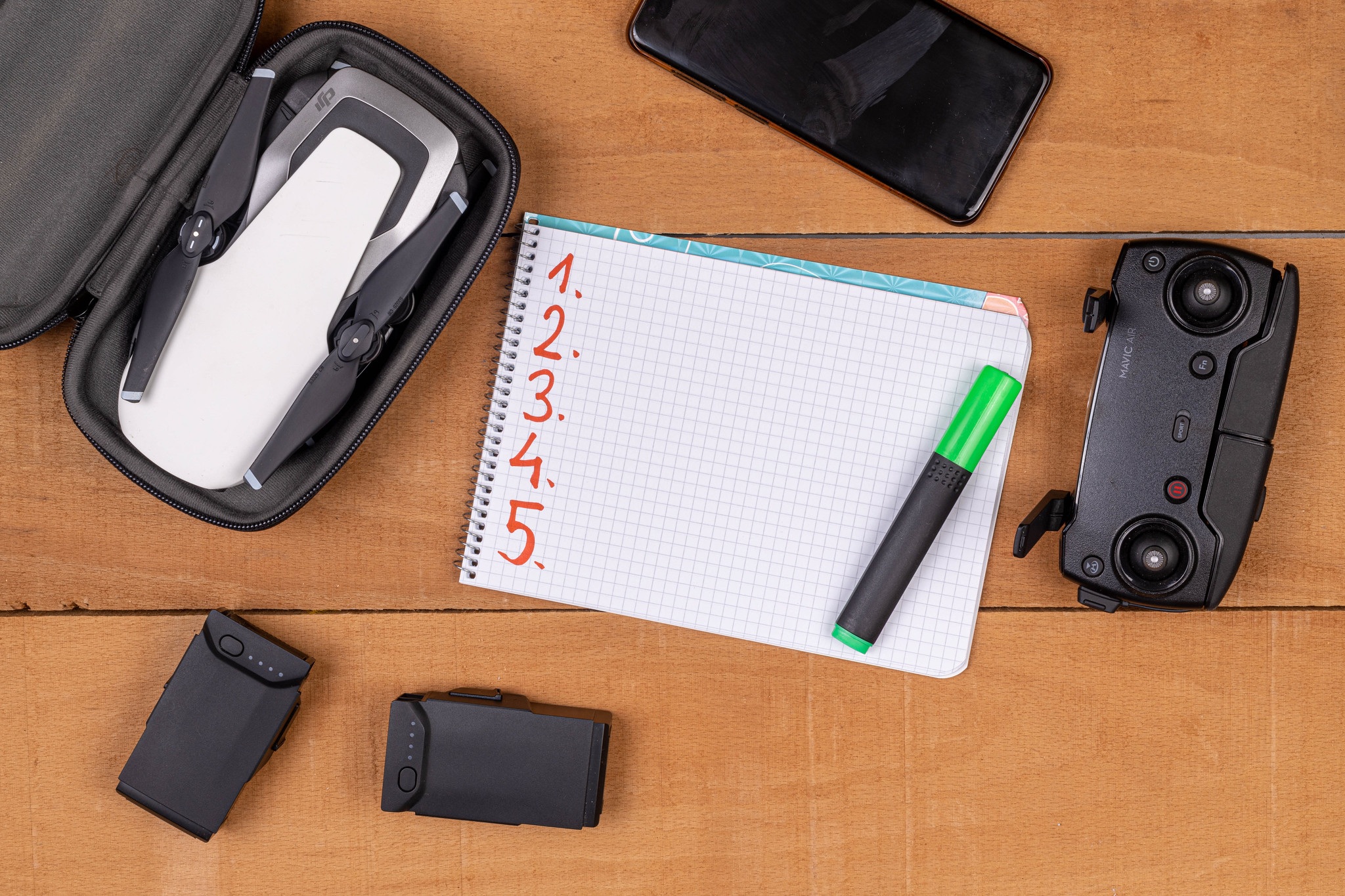
Lithium-polymer batteries make use of relatively newer technology. The main difference here is that lithium-polymer batteries no longer use a liquid electrolyte solution for charge migration. Instead, the terminals are separated by a layer of porous or gel-like electrolytes. This allows LiPo batteries to have a more lightweight construction that makes them ideal for drones and other RC vehicles. However, LiPo batteries are also a little more expensive.
The first step of caring for your battery is knowing how they are constructed. Should you be worried about electrolyte leaks? Does your battery need to be placed inside a rigid container during travel? What are the signs of battery damage to watch out for? There are likely different safety measures that apply depending on the type of battery your drone uses.
Charging your batteries
If you were ever concerned about your batteries catching fire, then you need to pay attention while it charges. Most cases of batteries catching fire or exploding happened while they were charging. This can be caused by a number of different reasons but can be likely attributed to overheating or charging with improper equipment.
This is less of a problem if you’re using brand-name batteries with the appropriate chargers from the same manufacturer. This eliminates any compatibility issues and may even have smart features that prevent overcharging.
However, there are also drone pilots that assemble their rigs from spare parts that are sold separately. If this is the case, just make sure that the voltage remains the same across different cells in a single battery. You will also need to make sure that the voltage and current ratings of your charger match that of the batteries. Any compatibility issues can compromise a battery’s service life.
Do not overcharge your batteries. Trickle charging can cause your battery to have a shorter life span and risks the battery overheating.
An ideal charging setup is one that you can keep an eye on constantly. Make sure there are not any flammable materials near your charging station. If you own a fireproof LiPo bag, you can also place the battery inside the bag while charging to contain the fire should it break out. A sealed container is not recommended as it may explode in case of fire.
Controlling battery consumption
When flying your drone, it is considered good practice to never run your drone batteries empty. Doing so can also cause the life span of your battery to shorten. Some batteries have built-in safety measures to prevent this by only allowing a battery to discharge above a threshold value.
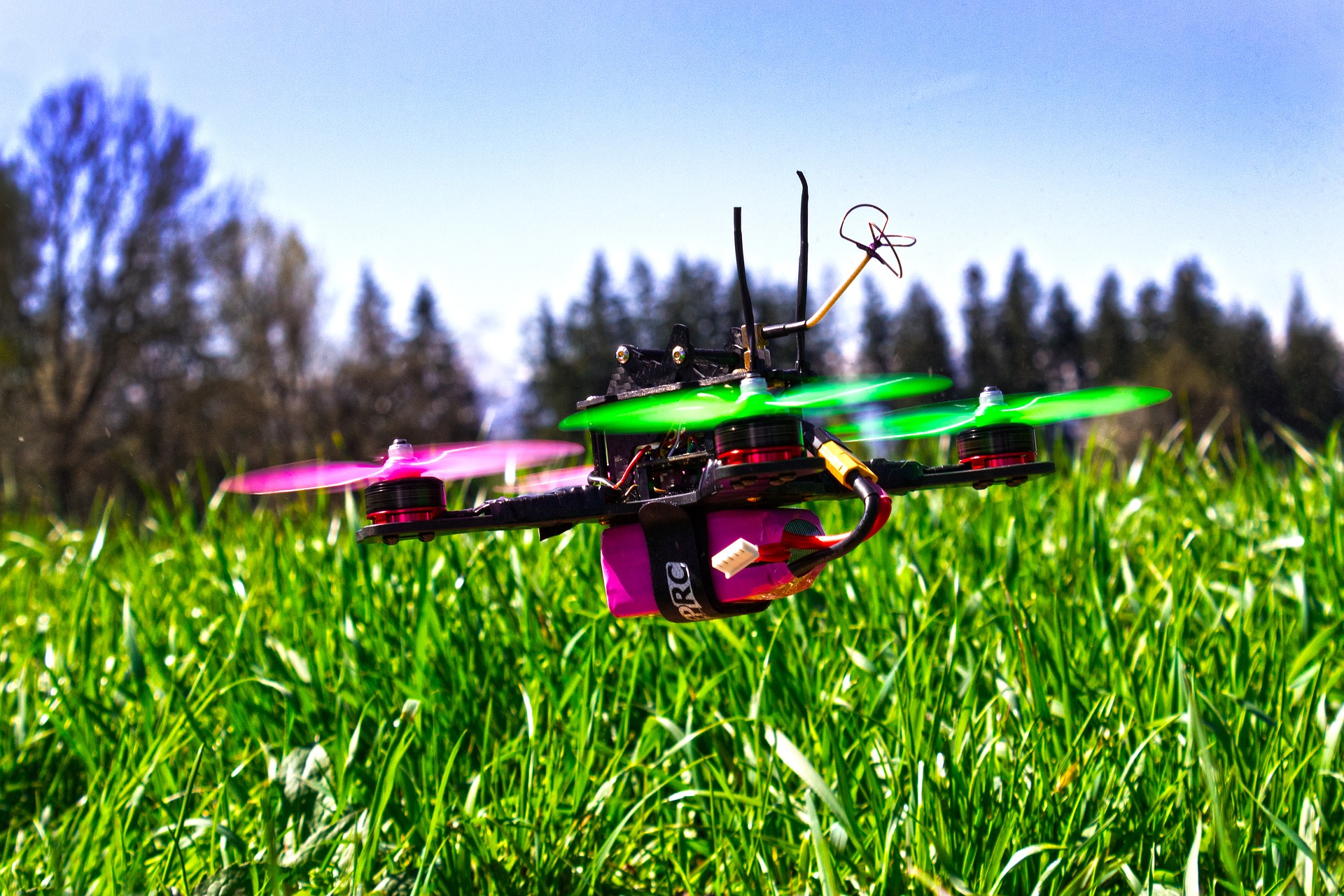
Any sort of mechanical damage should be cause for concern for your battery. If your drone crashes, double-check if the battery compartment suffered a major dent or crack. This can cause leakage of the electrolyte or other damages to the battery terminals. Observe for any other signs of damage such as swelling or overheating. When in doubt, it’s best to swap it out for another spare battery.
Lithium-based batteries perform poorly in cold weather. If it’s particularly cold outside, then expect your battery cycle to be shorter. You may have to keep this in mind to avoid the excessive discharge of your battery.
Storage and handling
It is best to store your drone batteries in a place that is cool, dry, away from flammable materials, and is equipped with a smoke detector. Batteries spontaneously catching fire are rare nowadays (thankfully) but the possibility always still exists. It’s also a good idea to store your batteries in specially designed fireproof and explosion-proof bags.
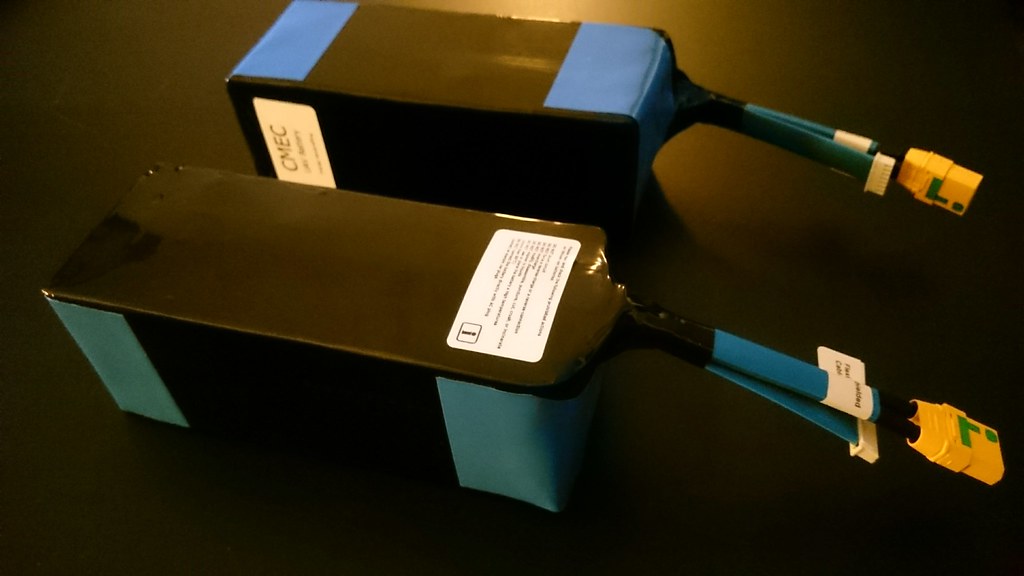
Storing your batteries for extended periods can be problematic if they are fully charged or fully discharged. Either state will accelerate the rate of the natural deterioration of the battery. Some smart batteries have a self-discharge feature that prevents this from happening. If your battery does not have such a feature, you will have to charge or discharge it manually. Storing the battery within 20% to 80% of its full capacity is typically recommended.
The battery also naturally self-discharges while in storage. This is something to watch out for, especially if you’re planning to store your batteries without use for several months. A battery can run empty while in storage and quickly deteriorate. To avoid this, you will have to check your batteries periodically and charge them back to the safe threshold.
Disposal
Inevitably, your drone batteries will go flat and can no longer hold enough charge for a substantial flight. You might also have batteries that show signs of damage and are no longer safe for use. When this happens, your next task is to dispose of them in a manner that is not going to cause harm to people, animals, or the environment.
Before disposing of a battery, it has to be discharged completely. This will prevent the battery from causing fires should it come in contact with any conductive material. The safest way to do this is to connect the battery to a halogen light bulb and keep it connected until there is no longer any light in the bulb. Some battery chargers also have a discharging function created specifically for this purpose.
Once you’re sure that the battery has been discharged, you may drop it off at any facility that accepts batteries for disposal. There are services for this such as Call2Recyle. Large retailers like Walmart and Target may also have a drop-off point for e-waste including spent batteries and old electronics. In any case, do NOT throw batteries with the rest of your trash. Leakage of battery fluids can cause fire and chemical hazards.
Final thoughts
Batteries are some of the more finicky parts of a drone. It’s also a component that needs regular maintenance and replacement. Caring for your battery goes a long way in keeping the costs of replacement down and helps reduce your contribution to solid waste.
You have undoubtedly heard advice on how to maintain the battery of a smartphone or any other mobile device. These pieces of advice also apply to drone batteries, although you will have to account for any mechanical damage caused by crashing.
